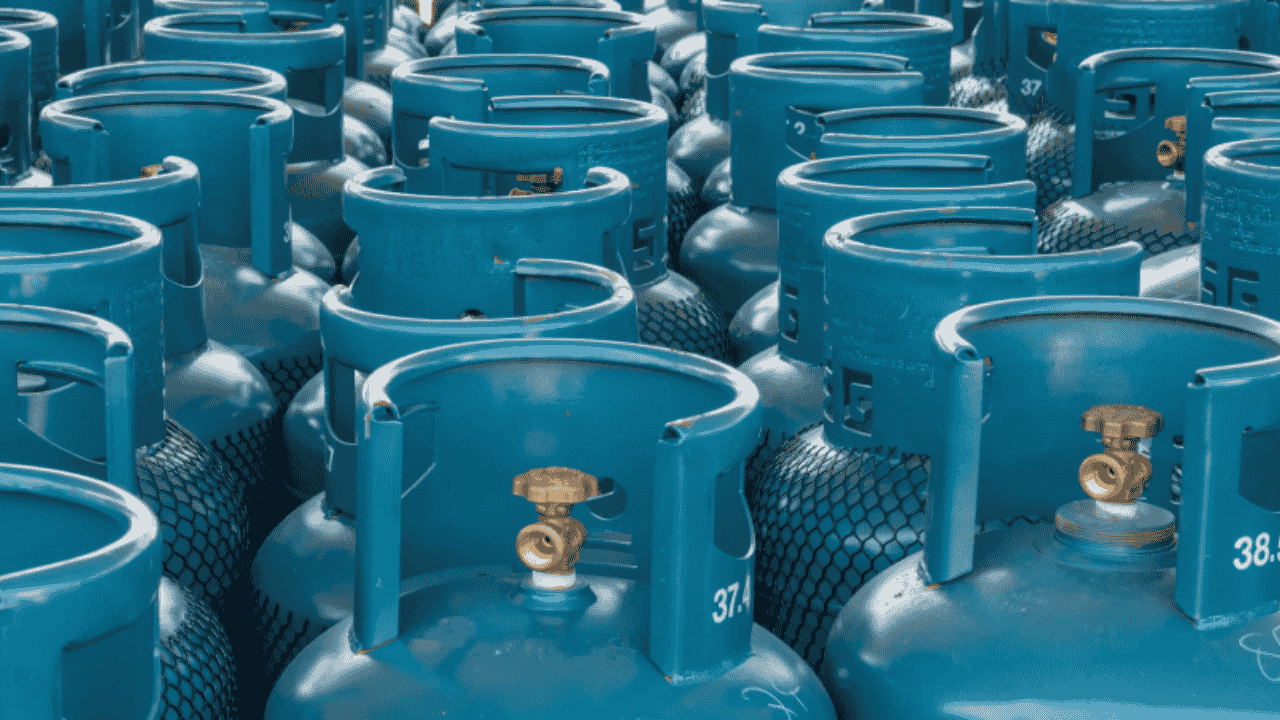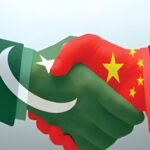By Muhammad Luqman
LAHORE — Natural gas, once the dominant fuel in Pakistan’s energy mix, has recently become more expensive and less available due to depleting domestic reserves.
This has forced consumers — especially households — to seek alternatives.
The shift is driven by sustained high consumption, limited new discoveries, and the decline of aging major fields such as Sui in Balochistan and Qadirpur in Sindh.
Punjab has been hit the hardest, as the province contributes only about 5 percent of Pakistan’s domestic gas production but accounts for more than 50 percent of national consumption.
Rising Gas Prices Impacting Households
Repeated price hikes have made natural gas unaffordable for lower- and middle-income groups. Additionally, gas remains unavailable during nighttime throughout the year and becomes even scarcer during daytime in winter, compelling people to arrange alternative fuels.
“We had 24-hour piped gas for years. But now I keep an LPG cylinder at home for cooking whenever natural gas is not available,” Muhammad Usman Sheikh, a resident of Lahore’s Johar Town, told Wealth Pakistan. He added that gas tariffs had doubled over the past two years while supply had halved.
LPG Consumption in Pakistan Increasing Rapidly
As more people switch to liquefied petroleum gas (LPG), its share in Pakistan’s energy mix is steadily growing. Punjab alone consumes nearly 60 percent of the country’s daily usage of 7,000 tonnes. LPG is being widely used for cooking, heating, and even transport—particularly in rickshaws.
“LPG’s share has increased mainly due to the years-long moratorium on new gas connections across Pakistan,” said Imran Ghazanvi, Executive Director (Consumers) at the Oil and Gas Regulatory Authority (OGRA), while talking to Wealth Pakistan.
He said that rising gas prices had further boosted LPG consumption, especially in Punjab.
Pakistan’s Expanding LPG Market Size
According to OGRA’s annual report, the size of the LPG market — covering domestic, commercial, and industrial use—has now exceeded 2 million tonnes per year.
Pakistan meets its LPG demand through local production from oil and gas fields and refineries, supplemented by imports from Iran and other countries via land and sea.
The country currently has 11 LPG producers, 321 marketing companies, and about 6,000 authorized distributors. Industry representatives believe the government could further promote LPG by setting up dedicated terminals at Karachi Port and Port Qasim to facilitate imports.
LPG as a Cheaper Alternative to Petroleum and LNG
“Its use should be encouraged in the auto sector since it is far cheaper than petroleum,” said Irfan Khokhar, Chairman of the Pakistan LPG Distributors Association, while talking to Wealth Pakistan.
He said that when used efficiently for cooking, LPG can even be cheaper than liquefied natural gas (LNG).
Khokhar also questioned the government’s claim that LNG is less costly than LPG. “Subsidies should be provided to promote this fuel. With natural gas reserves declining and prices rising, it will no longer remain the poor man’s fuel,” he said.
Safety Issues in Pakistan’s LPG Distribution
On safety concerns, Khokhar stressed that only OGRA-registered dealers should be allowed to sell LPG. “At present, hundreds of thousands of unregistered shops are dealing in LPG, creating serious safety issues,” he warned.
He added that these illegally set up shops have also been responsible for overcharging consumers. He said that fire incidents at LPG dealers’ shops and even at homes were due to poor regulatory mechanisms.
Author Profile






